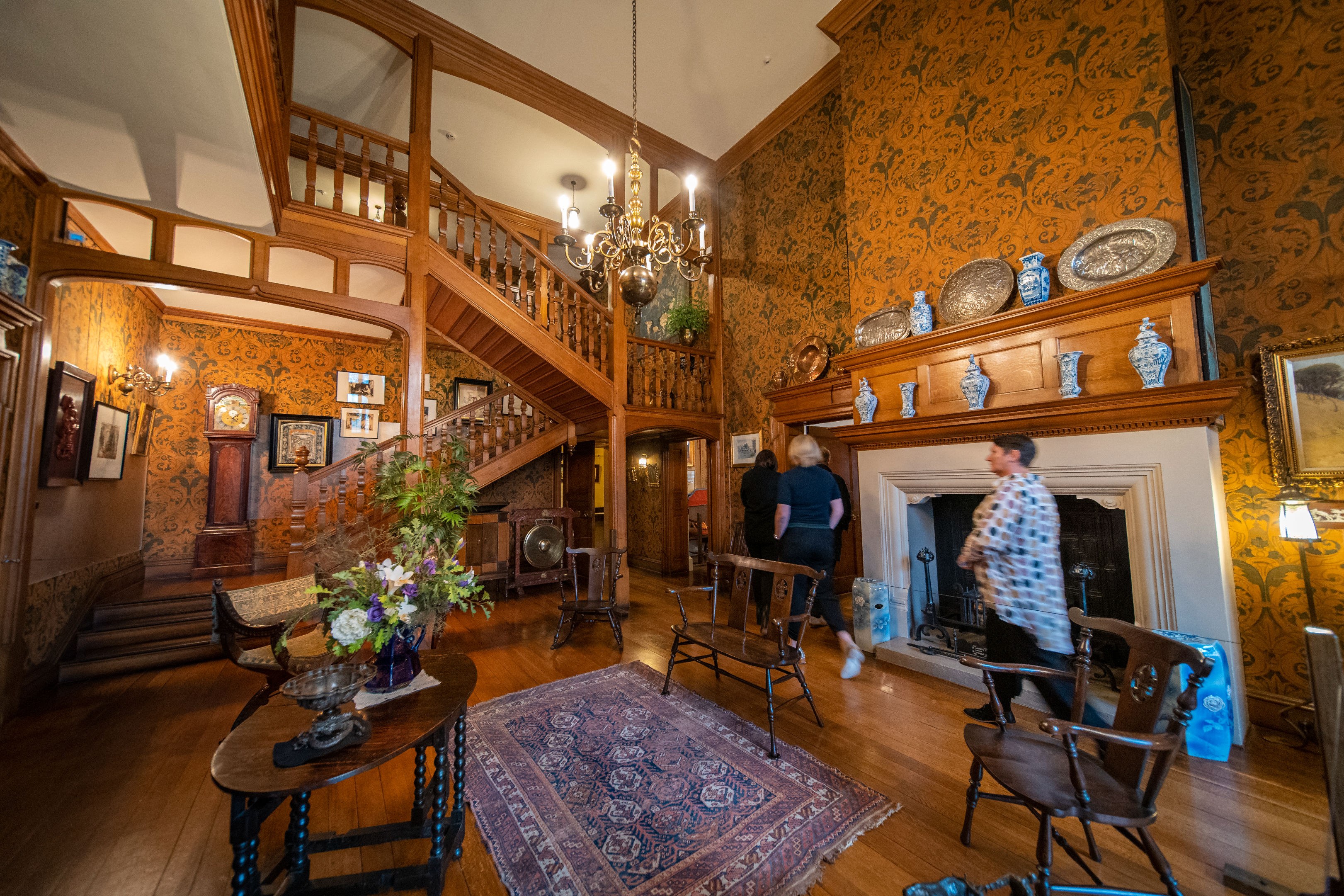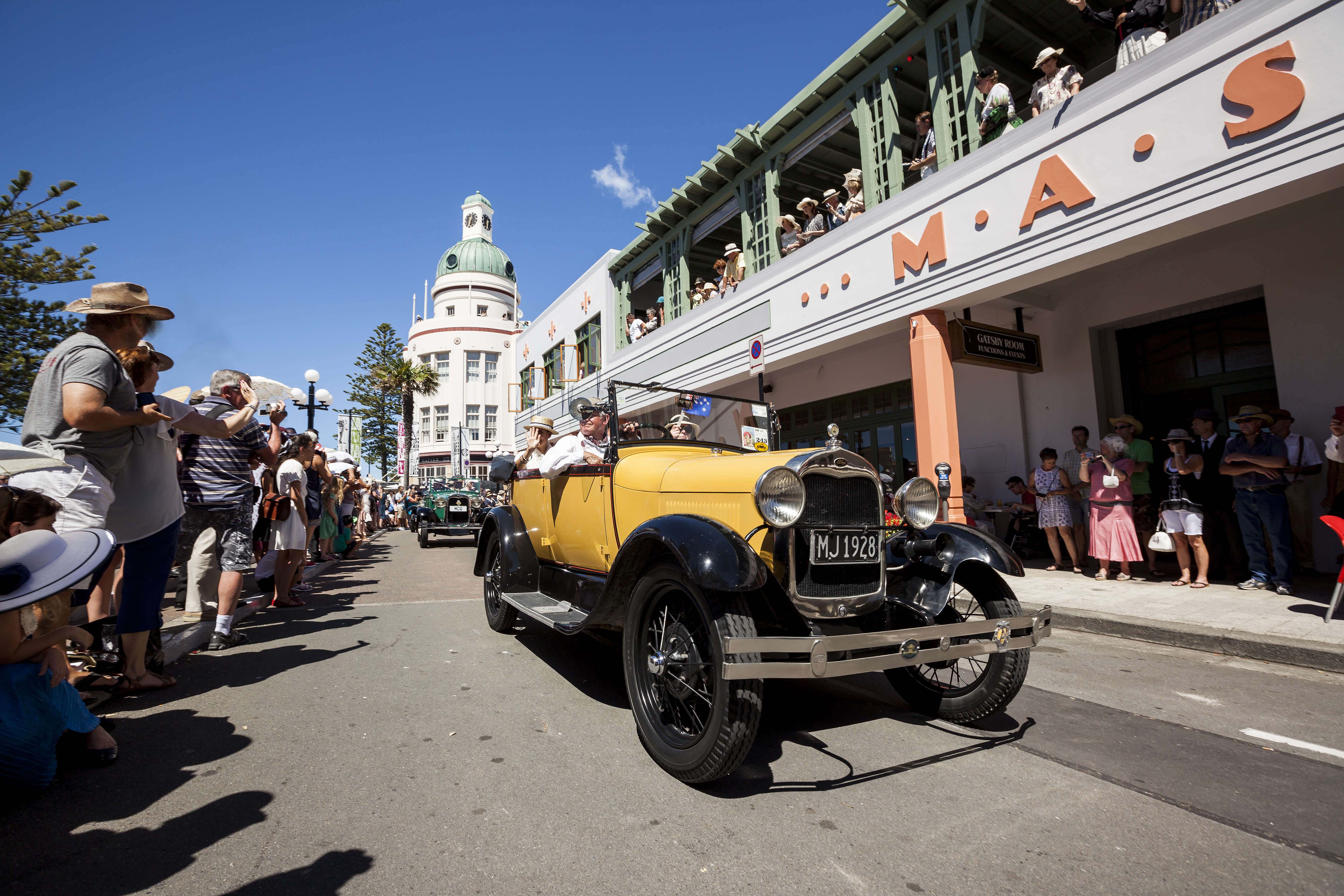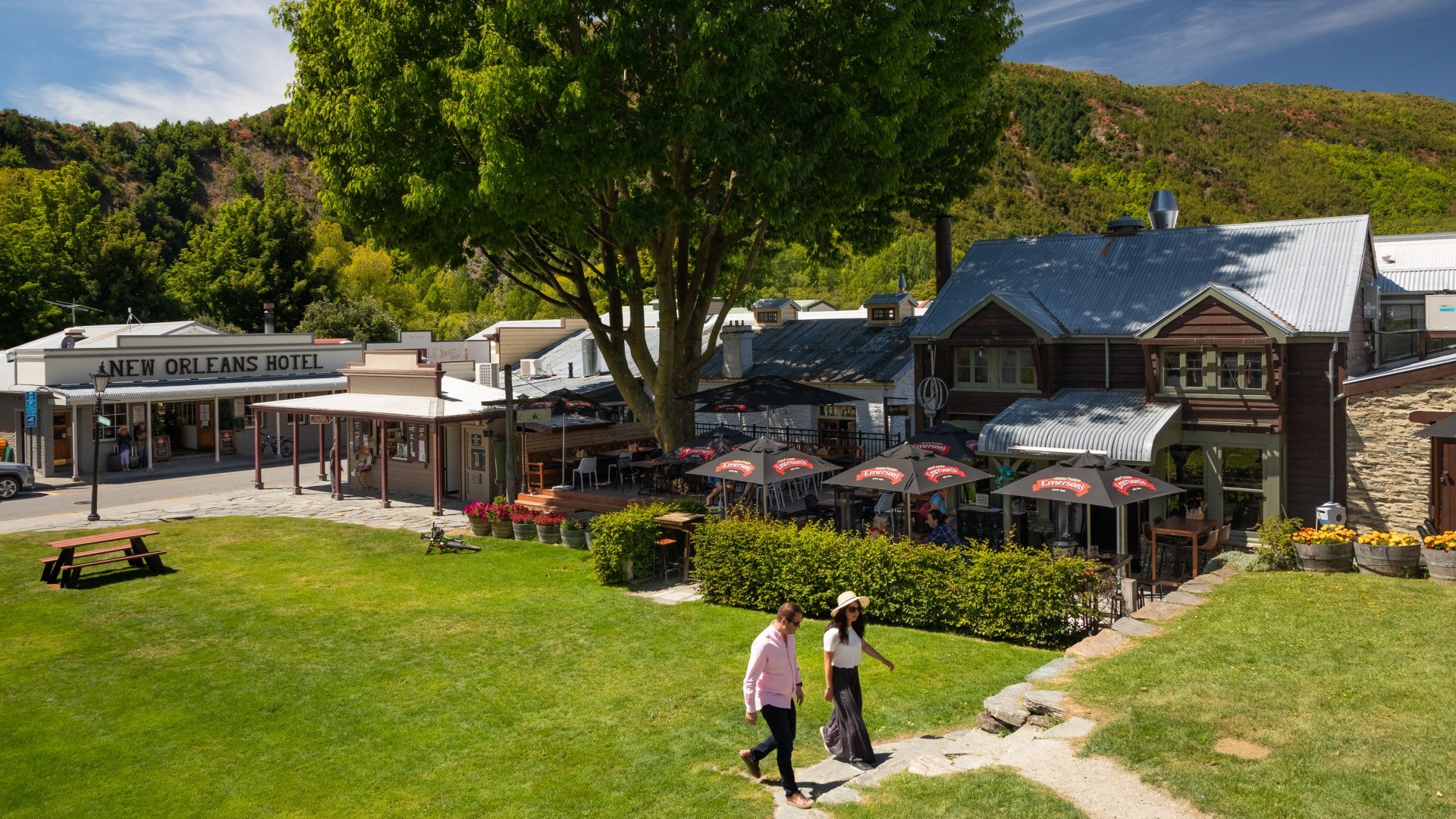Explore Aotearoa’s Living Heritage Through Cultural Journeys
Uncover the heart of Aotearoa with New Zealand history and Māori cultural tours, where the traditions, stories, and identity of the Māori people are brought to life. These immersive experiences offer more than sightseeing — they provide authentic insight into Māori spirituality, connection to the land, and intergenerational knowledge passed through art, performance, and storytelling. From ancient marae to modern-day exhibitions, each stop along your journey reveals a different aspect of New Zealand’s unique cultural fabric.
Begin your exploration at iconic cultural sites like Te Puia and Whakarewarewa Village in Rotorua, where you can see geothermal wonders, traditional carving schools, and kapa haka performances that express deep ancestral narratives. Experience the ceremonial pōwhiri (welcome), and share a traditional hāngī feast at places like Te Pā Tū or Mitai Māori Village — all powerful introductions to Māori hospitality and community. Further north, visit the Waitangi Treaty Grounds to understand the founding of New Zealand, and explore the colonial town of Russell with a guided mini tour that connects both Māori and European histories in the Bay of Islands.
Gardens, Museums & Food Culture: Connecting Past and Present
Continue your cultural experience in Hamilton at Te Parapara, the country’s only traditional Māori garden, located within the Hamilton Gardens. This space beautifully showcases traditional horticultural practices and introduces the food gods of Māori cosmology, providing a thoughtful blend of nature and mythology. In Wellington, the Museum of New Zealand Te Papa Tongarewa offers world-class exhibitions like Mana Whenua and the contemporary marae Rongomaraeroa, honouring taonga (treasures), Māori design, and the enduring legacy of cultural exchange.
In the South Island, Christchurch Māori food and culture tours provide an increasingly popular way to connect with te ao Māori (the Māori world) through kai (food), cooking demonstrations, and storytelling. These curated experiences are ideal for visitors seeking a sensory connection to culture, combining local ingredients with indigenous knowledge and traditional hospitality. Whether you're visiting geothermal valleys, coastal landmarks, or urban galleries, Māori culture continues to enrich every corner of New Zealand.
The traditional performing arts of New Zealand are an essential part of the nation's cultural fabric, embodying the stories, beliefs, and values of its people. They are vibrant expressions of the country's history and identity, particularly for the Māori, the indigenous people of New Zealand.
- Kapa Haka: This traditional Māori performing art combines song (waiata), dance (haka), rhythmic movements, and facial expressions. It's a powerful and emotive experience, whether performed on marae (communal spaces), in schools, or during national and international competitions like the Te Matatini Festival. Each performance tells a story, often about historical events, genealogy, or mythology.
- Haka: Known worldwide, particularly through the performances of New Zealand's All Blacks rugby team, the haka is a traditional Māori war dance. It's a display of a tribe's pride, strength, and unity, often performed during celebrations and ceremonies or before going to war.
- Poi: This dance involves swinging a ball (the poi) on the end of a cord rhythmically to sung accompaniment. Originally used by Māori men to strengthen their wrists for combat, poi is now predominantly performed by women during cultural performances.
- Waiata: Traditional Māori songs, or waiata, play a central role in Māori culture. They are performed at all types of gatherings, including formal welcomes, celebrations, and funerals. Waiata often tells stories of love, war, history, or grief.
- Taonga pūoro: These are traditional Māori musical instruments made from natural resources like wood, bone, and stone. They're often played during ceremonies and used to accompany waiata and haka. The sounds they produce are considered an integral part of the Māori's connection with the natural world.
- Theatre: Reflecting the influence of European culture, theatre is a prevalent performing art in New Zealand. There's a rich tradition of plays and musicals, some drawing from Māori culture and history, others from New Zealand's colonial and contemporary experiences.

New Zealand's cities are home to a variety of historic sites that reflect the country's rich tapestry of Māori and European history. Here are some key historic sites in some of the main cities:
Auckland
- Auckland War Memorial Museum: This neo-classicist style museum houses extensive collections relating to New Zealand's history, particularly its military history and the people of the Pacific.
- One Tree Hill (Maungakiekie): A significant memorial place for Māori and other New Zealanders that offers panoramic views of the city.
Wellington
- Te Papa Tongarewa: New Zealand's national museum, located in Wellington, is renowned for being bicultural, scholarly, innovative, and fun. Its exhibits range from art to history to natural science.
- Old St. Paul's: A prime example of colonial Gothic Revival architecture, the church is now managed by Heritage New Zealand and is a popular venue for cultural events and weddings.
Christchurch
- Christchurch Cathedral: Although damaged in the 2011 earthquake, the cathedral remains a significant site in Christchurch's city centre.
- Canterbury Museum: Located in Christchurch, the museum offers a rich collection relating to natural and human history, including an extensive Antarctic collection.
Dunedin
- Larnach Castle: New Zealand's only castle, Larnach Castle offers a glimpse into the country's Victorian past.
- Olveston Historic Home: An authentic and original historic home, Olveston allows an intimate glimpse of the lifestyle of a prosperous merchant family in the early 1900s.
Rotorua
- Whakarewarewa Village: An authentic living Māori village located in Rotorua, where you can experience traditional Māori lifestyle, arts and crafts, performances, and food.
- Te Puia: This is the home to the New Zealand Māori Arts and Crafts Institute and the world-famous Pohutu geyser, offering a combination of natural and cultural history.
Each city in New Zealand offers unique historic sites that reflect different aspects of the nation's history, from pre-European times through to the present day. These sites provide an engaging way to learn about the culture, traditions, and events that have shaped New Zealand.

Historic landmarks in New Zealand serve as tangible links to the country's rich history, providing insights into the stories, traditions, and events that have shaped it over centuries. Spanning from North to South Island, these landmarks encompass the cultural heritage of the Māori people and the historical traces of European settlers.
- Waitangi Treaty Grounds: Located in the Bay of Islands, the Waitangi Treaty Grounds are one of New Zealand's most significant historic sites. This is where the Treaty of Waitangi was signed in 1840 between Māori chiefs and representatives of the British Crown. Today, it is home to a museum, the historic Treaty House, and a beautifully carved meeting house.
- Old St Paul's: Situated in Wellington, Old St Paul's is a stunning example of colonial Gothic Revival architecture. Constructed entirely from native timbers, the church represents the early European influence in New Zealand's history.
- Auckland's One Tree Hill (Maungakiekie): One Tree Hill, with its iconic obelisk, is an important memorial place for both Māori and other New Zealanders. This site provides panoramic views of the city and harbour, and also contains the grave of Sir John Logan Campbell, who gifted the land to the city of Auckland.
- Kawiti Caves: These caves in the Northland region are significant for their glowworm displays and their importance in Māori history. Named after the revered Māori chief Kawiti, these caves hold a special place in the local iwi's (tribe's) ancestral history.
- Larnach Castle: Located on the Otago Peninsula, Larnach Castle is New Zealand's only castle. Built in the 19th century by entrepreneur and politician William Larnach, the castle offers a glimpse into Victorian Culture and provides breathtaking views of the surrounding area.
- Arrowtown Chinese Settlement: This historic site provides a poignant glimpse into the life of Chinese gold miners in the late 19th century. Located on the outskirts of the quaint town of Arrowtown, it serves as a testament to the Chinese contribution during the Otago Gold Rush.
From soaring mountains to bustling cities, historic landmarks in New Zealand offer a window into the past, allowing visitors to experience firsthand the places where the nation's history was forged. These landmarks represent the struggles, triumphs, and everyday lives of the people who have contributed to New Zealand's cultural heritage, making them must-see locations on any cultural itinerary.

New Zealand is a nation that loves to celebrate its diverse heritage, and this is showcased through an array of vibrant cultural festivals. These events offer a platform for communities to share their unique traditions, customs, and histories with locals and tourists alike. Here are some key festivals that highlight both Māori and European cultures:
- Waitangi Day: Commemorated annually on February 6th, this national holiday marks the signing of the Treaty of Waitangi in 1840. Waitangi Day celebrations often include traditional Māori performances, speeches, and ceremonies, particularly at the Waitangi Treaty Grounds.
- Matariki: Known as the Māori New Year, Matariki is celebrated when the Pleiades star cluster rises in the mid-winter sky. The festival is a time for remembering the deceased, celebrating the present, and planning for the future. It is marked with music, food, family gatherings, and other cultural performances.
- Pasifika Festival: Held in Auckland, this is the biggest celebration of Pacific Island culture in the world. The festival showcases the cultures of the Pacific Islands with traditional food, music, dance, and art.
- Te Matatini: This biennial event is the world's largest celebration of Māori performing arts, particularly kapa haka (traditional Māori dance). It is a fierce competition where teams from across New Zealand showcase their best performances.
- New Zealand International Arts Festival: Held in Wellington, this festival celebrates the arts on a global scale, featuring theatre, dance, and music performances, as well as visual arts exhibitions from both local and international artists.
- Dunedin Celtic Festival: Dunedin, known for its Scottish heritage, hosts this festival to celebrate Celtic culture. The event includes Highland games, traditional Scottish music and dance, and plenty of kilts.
- Nelson Arts Festival: Held annually in October, the Nelson Arts Festival celebrates local and international arts with a variety of performances, workshops, and exhibitions.
- Winter Festival in Queenstown: Drawing on its European alpine heritage, Queenstown's winter festival is a ten-day celebration marking the start of the winter season with music, sports, fireworks, and plenty of winter fun.
Whether you're looking to immerse yourself in Māori traditions, celebrate New Zealand's European roots, or explore the broader Pacific heritage, there's a festival in New Zealand that offers an unforgettable cultural experience.

Heritage trails in New Zealand offer a unique way to experience the country's rich history and diverse cultures. Walking these trails allows you to step back in time, tracing the paths of the indigenous Māori, early European explorers, settlers, and gold miners who shaped New Zealand's past. Here are a few significant heritage trails:
Russell Walks: The historic town of Russell, once the nation's capital, features a heritage trail that guides visitors past historic churches, old taverns, and the site of New Zealand's first government house. The trail provides insight into the town's colonial history and its importance in the Treaty of Waitangi.
Te Ara I Whiti – The Lightpath: This iconic pink pathway in Auckland is part of a wider network of walking and cycling routes throughout the city. It celebrates the city's modern heritage, passing numerous historical landmarks, and provides breathtaking views of the cityscape.
Otago Central Rail Trail: Spanning 150 kilometres through Central Otago, this trail follows the old railway line between Middlemarch and Clyde. Visitors can walk, cycle or horse ride through historic gold-mining towns, past old railway stations, and across stunning viaducts.
Waipoua Forest Footprints Twilight Encounter: This guided walk takes visitors through the majestic Waipoua Forest, home to ancient kauri trees. The trail provides a unique opportunity to experience Māori legends and customs, as guides share their knowledge and stories.
Waitangi Treaty Grounds Walk: The heritage trail at Waitangi includes the Treaty House, the carved Meeting House, and the world's largest ceremonial war canoe. This guided tour provides a detailed understanding of the significance of these sites in New Zealand's history.
The Wellington Writers Walk: This trail is a tribute to the city's literary heritage, featuring 23 text sculptures along the waterfront that celebrate the words of some of New Zealand's most beloved writers.
Arrowtown Chinese Settlement: A short trail around the Arrowtown Chinese Settlement offers a glimpse into the lives of Chinese gold miners in the 1880s.
Each heritage trail is a journey that allows you to delve into the narratives of New Zealand's history, from pre-colonial times through to the present day. Walking these paths gives you a tangible connection to the past, making history come alive in the landscapes around you.

